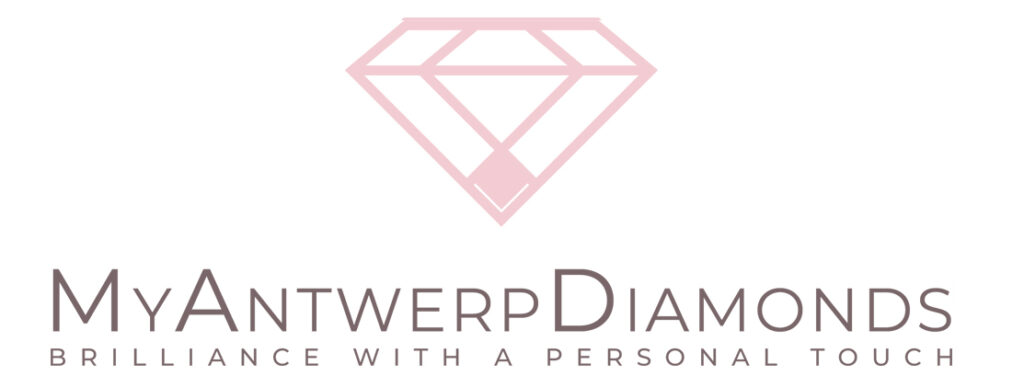Clarity in Rubies
Rubies, like emeralds, are classified as Type II gemstones, which means that inclusions are common and generally accepted within the trade. Unlike Type I stones (such as aquamarine or topaz), which are expected to be nearly flawless, Type II gems typically form under conditions that lead to internal features. As a result, completely inclusion-free rubies are exceptionally rare. When a ruby is described as eye-clean—meaning no inclusions are visible to the unaided eye—it is considered top quality and can command significantly higher prices.
Common inclusions found in rubies include rutile silk (fine needle-like structures that can create a soft internal glow), solid crystals of other minerals, needle inclusions, and fingerprint-like patterns formed by fluid inclusions or healed fractures. These natural characteristics often serve as important indicators of a ruby’s geographic origin and whether it has undergone heat treatment or other enhancements.
Unlike diamonds, where clarity is assessed under 10x magnification, ruby clarity is evaluated with the naked eye, under standard lighting conditions and at a normal viewing distance. The presence of inclusions is acceptable—sometimes even desirable if it confirms the ruby is natural and untreated—but clarity still plays a critical role in a stone’s value. Inclusions that do not interfere with transparency, brilliance, or color distribution are considered minor and are typically well tolerated, especially in rubies with exceptional color. However, large or centrally located inclusions that affect the way light moves through the stone can reduce both beauty and value.

| Inclusion Type | Description | Common Source |
|---|---|---|
| Silk | Fine rutile needle-like inclusions, often in intersecting patterns | Myanmar (Burma), Sri Lanka |
| Fingerprint | Inclusion resembling a human fingerprint, often a healed fracture | Thailand, Mozambique |
| Crystal | Solid mineral inclusions trapped within the ruby | Madagascar, Mozambique |
| Needle | Thin, elongated mineral inclusions (often rutile or other minerals) | Myanmar, Sri Lanka |
| Twinning | Irregular internal growth lines or planes | Myanmar, Mozambique |
| Color Zoning | Uneven distribution of color, often in angular or banded patterns | Thailand, Vietnam |
| Parting Plane | Internal cleavage-like planes, weaker than true cleavage | Myanmar, Afghanistan |
| Flux Residue | Glassy residues from flux healing or lead-glass treatment (only in treated rubies) | Thailand, Madagascar (treated) |
| Cavity | Surface-reaching hole, sometimes filled with material in treated stones | Mozambique, Vietnam |
| Feather | Internal fracture or crack, may be partially healed | Mozambique, Madagascar |
Key Pages: Create & Customize Jewelry
Key Pages: Diamond Jewley From the Atelier
Essential Diamond & Jewelry Education
Important Links: Support & Policies
MyAntwerpDiamonds.com /
Some email responses from us may be filtered as spam or blocked altogether. To ensure you receive our emails, please provide your telephone or WhatsApp number for verification.



